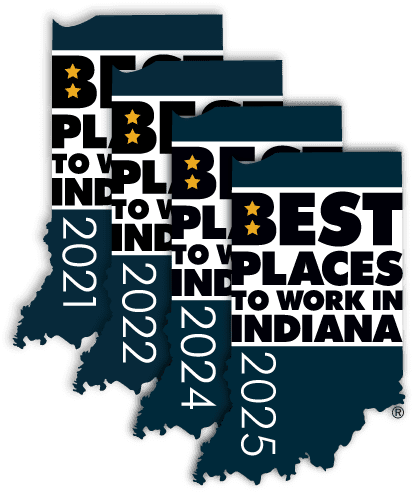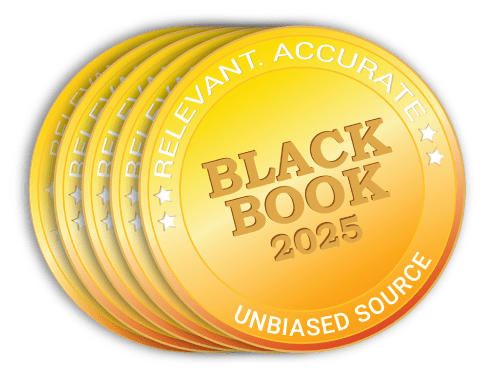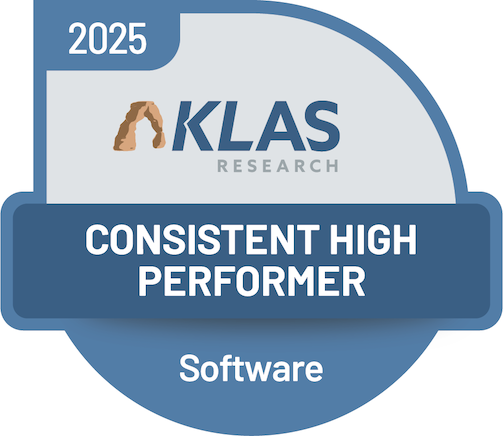
Six in ten adults in the U.S. currently battle a chronic illness that requires long-term and ongoing medical attention for ailments like cardiovascular disease, diabetes, stroke, Alzheimer’s, cancer, depression or anxiety. Care for patients in this segment, which makes up 90% of the nation’s $3.5 trillion dollar healthcare expenditures, can come with medical records management challenges.
Four out of those ten adults have two or more chronic conditions, and often seek care across multiple providers and clinics. This adds complexity to their care and drives providers to administer chronic disease management (CDM) programs aimed at preventing hospitalizations and adverse events. To support these programs, electronic health records (EHRs) with chronic care management tools are integrated into laboratory and pharmacy information systems. All of these patient care components create a large volume of health information from many authors.
Adding to that volume, there are now newer technologies and integrated devices – like blood glucose meters, digital dementia assessment tools and at-home COPD devices – that are gathering real-time health data from patients with chronic illnesses and reporting it to the EHR.
More data.
And because chronic illness, by its nature, lasts for one year or more, layer in the movement of the patient record. As patients move from one provider to another, and as provider organizations get acquired and merged, that comprehensive medical record needs to remain accessible. Clinical data needs to keep up with the patient and be readily available at the point of care, every time. As a result, access to both current and historical medical records to decrease medical errors and improve outcomes can become a challenge.
As EHR systems are upgraded and legacy systems are sidelined, it is imperative to have a legacy data management plan in place to maintain simplified access to the ever-growing volumes of health data that must be kept accessible for up to 25 years or more.
At Harmony Healthcare IT, we take pride in our contribution to advancing heath IT through the work we do to preserve access to historical chronic care medical records. HealthData Archiver®, our long-term data storage solution, can be key to ensuring access to the full clinical narrative.
If you’re looking for easy access to critical legacy data for patients with chronic illness so medical errors can be reduced and outcomes improved, let’s talk.






